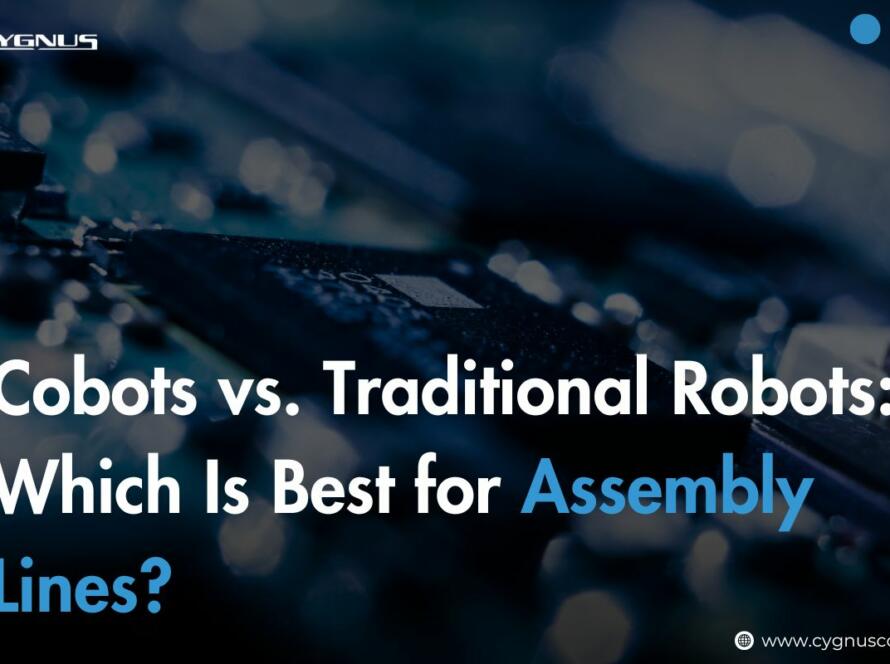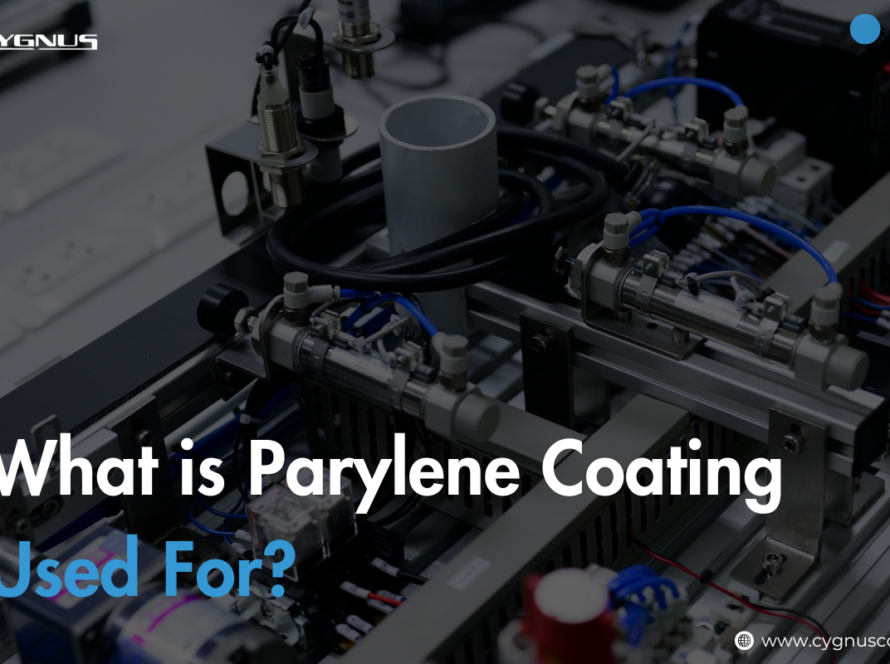Have you ever plugged in a sensitive device, only to have it flicker, restart, or fail after a power glitch? You’re not alone. Behind every reliable electronic system lies one simple truth — clean and stable power matters. That’s where power line filters and surge protectors come in.
While both sound like they do the same job, they actually solve different problems. In this guide, we’ll break down the difference between power line filter and surge protector, how each one works, and why using both together gives you complete protection.
What is Power Line Filters?
What They Are
A power line filter is an electronic component designed to block unwanted noise — known as EMI and RFI interference — from entering or leaving your equipment.
Rather than defending against high-voltage surges, these filters clean the electrical signal itself.
Think of them as noise-canceling headphones for your electronics. They ensure your devices receive a pure, interference-free current so they can perform at their best. This process is often called electrical noise suppression.
How They Work
Power line filters typically use a combination of inductors and capacitors.
These components work together to attenuate (reduce) high-frequency noise that can travel along power lines.
They target two main noise types:
- Common-mode noise — electrical interference shared between lines.
- Differential-mode noise — interference between two separate lines.
A practical example? In medical or communication devices, even a small burst of electrical noise can disrupt performance or distort data. Power line filters eliminate that risk by keeping the power clean and stable.
Also Read: Choosing the Right Power Line Filters for Industrial Applications
When to Use Power Line Filters?
Use power line filters whenever you need precision and stability. They’re ideal for:
- Industrial automation systems that rely on consistent signals.
- Medical equipment where accuracy is life-critical.
- Telecommunication systems where clear transmission is essential.
By filtering interference, they prevent malfunctions, data loss, and equipment errors — protecting your investment and your uptime.
Understanding Surge Protectors:
What They Are?
A surge protector (also known as a surge suppressor) is a voltage-clamping device that shields your equipment from sudden spikes in voltage — also called transients.
Unlike filters, surge protectors don’t clean power; instead, they redirect excess energy safely to the ground.
They’re your first line of defense when a lightning strike, power outage, or switching event causes a voltage surge that could fry sensitive electronics.
How They Work?
Surge protectors typically use components such as:
- MOVs (Metal Oxide Varistors)
- TVS (Transient Voltage Suppression) diodes
When voltage suddenly spikes above a safe level, these components instantly absorb and divert the excess energy before it reaches your device.
Imagine it like a shock absorber in your car — it takes the impact so the rest of the system stays safe.
A classic example is protecting home computers or industrial control systems during lightning storms or sudden load changes — that’s surge suppression technology in action.
When to Use Surge Protectors?
Surge protectors are essential wherever voltage instability is common, such as:
- Homes and offices with multiple plugged-in devices.
- Factories and industrial sites exposed to power fluctuations.
- Outdoor or remote setups prone to lightning and grid issues.
They protect against sudden, high-energy events — not low-level interference.
Key Differences Between Power Line Filters and Surge Protectors:
| Feature | Power Line Filter | Surge Protector |
| Function | Filters out EMI/RFI noise | Diverts voltage spikes |
| Protection Type | Against noise and interference | Against high-voltage surges |
| Components | Inductors, capacitors | MOVs, TVS diodes |
| Common Use | Industrial, medical, telecom | Home and office electronics |
| Power Quality Effect | Improves power cleanliness | Prevents damage from surges |
In simple terms:
Think of filters as “noise reducers” and surge protectors as “shock absorbers.”
Both are vital for achieving total electrical safety and performance.
Can You Use Both Together?
Absolutely — and in fact, you should.
Using both a surge protector and an EMI filter in your setup ensures comprehensive protection.
The surge protector blocks dangerous spikes, while the power line filter handles electrical noise suppression.
Many advanced power conditioning systems already combine the two.
This dual protection is especially beneficial in data centers, laboratory equipment, audio systems, and industrial automation where stability and uptime are non-negotiable.
Choosing the Right Device for Your Application:
Before deciding which device to use, consider:
- Type of equipment: Industrial machinery needs both; home devices may only need surge protection.
- Environmental conditions: High-noise zones or lightning-prone areas require combined protection.
- Compliance requirements: Check for EMC, FCC, or ISO certifications.
💡 Pro Tip: Always choose certified devices with proper grounding and voltage ratings. A small upfront investment can save you from massive repair costs later.
Conclusion:
At the end of the day, both devices serve unique but complementary purposes.
- Filters purify.
- Protectors defend.
For maximum uptime, safety, and performance, use both together — the surge protector vs EMI filter combination ensures your equipment enjoys clean, stable, and protected power at all times.
Because when it comes to protecting your systems, prevention isn’t optional — it’s essential.
FAQs
Can a power line filter protect against lightning strikes?
No. Power line filters only suppress electrical noise and EMI/RFI interference — not high-energy transients. For lightning protection, always use a surge protector.
Do surge protectors reduce electrical noise?
Not significantly. Surge protectors are built for surge suppression technology, not for filtering interference. Use an EMI filter for noise suppression.
Is it safe to connect a power line filter and surge protector together?
Yes, and it’s often the best setup. The surge protector guards against voltage spikes, while the power line filter ensures stable, noise-free current.
How long do surge protectors last compared to filters?
Surge protectors degrade gradually with every voltage event. Power line filters, on the other hand, last much longer unless they experience extreme electrical conditions.




